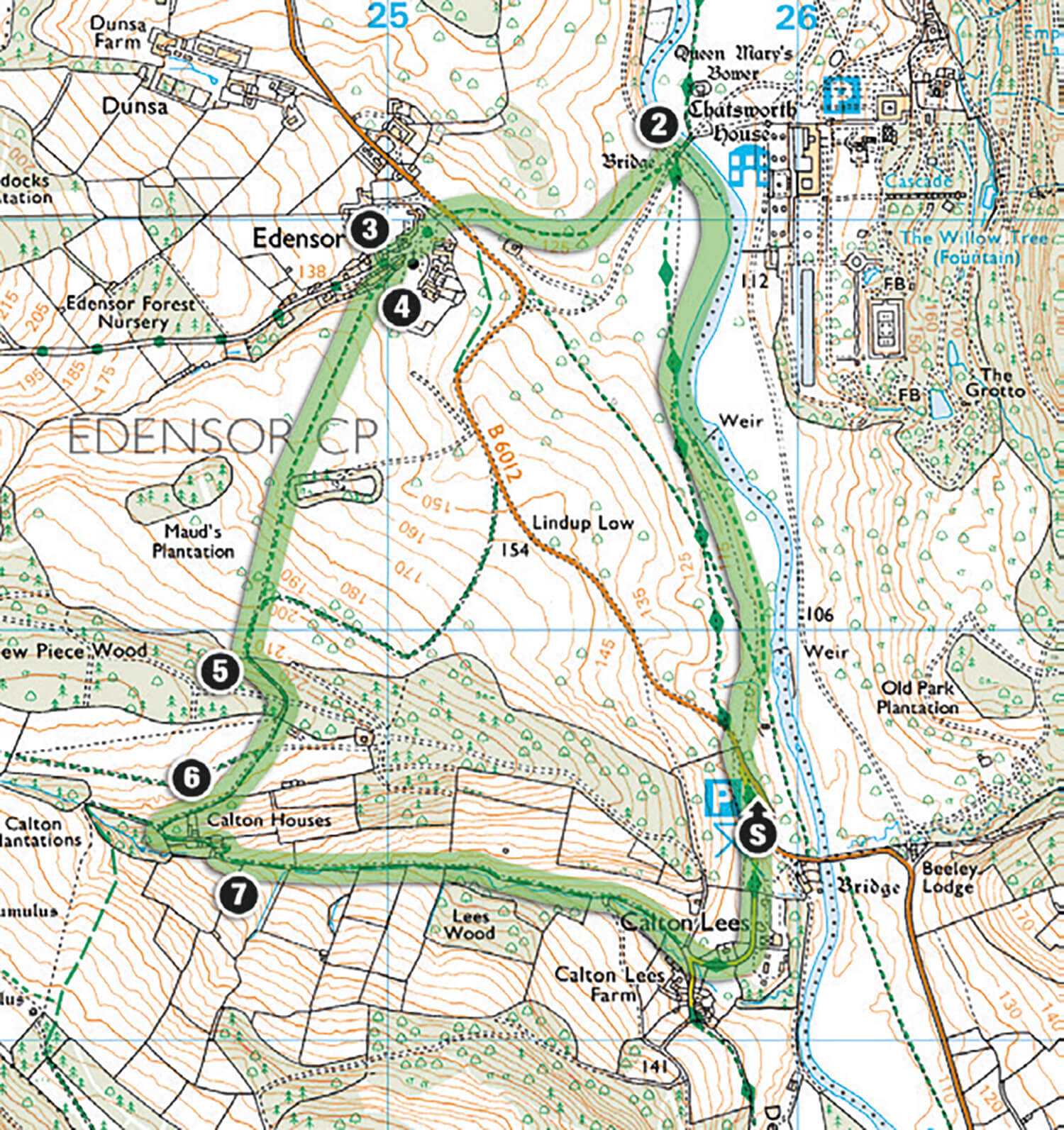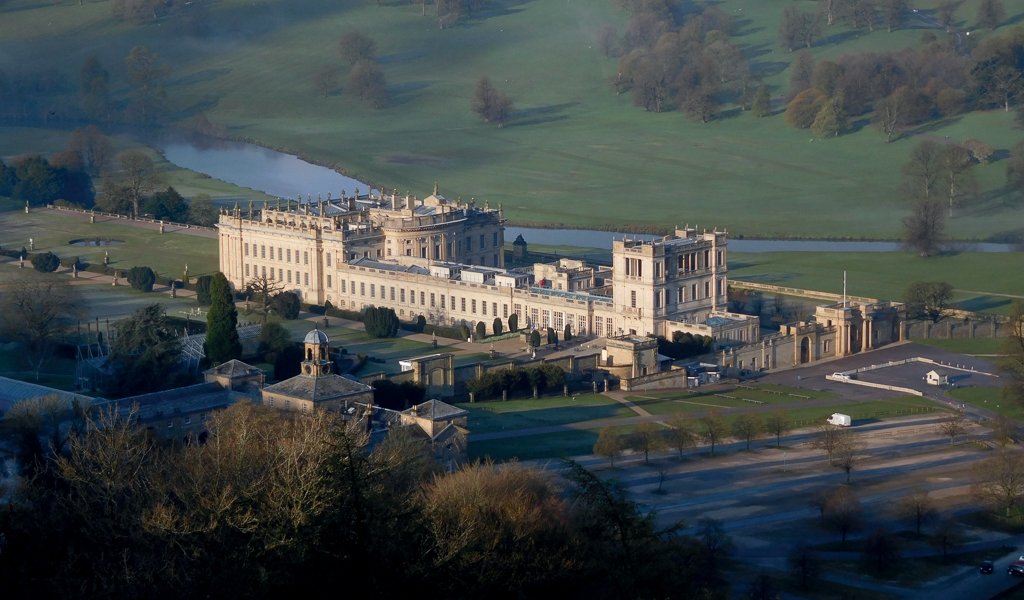JANE AUSTEN declared that there was no finer county in England than Derbyshire. No surprise then that she chose Chatsworth House as the inspiration for her most famous – and unlikely – love match.
Austen first visited Chatsworth while staying in nearby Bakewell in 1811. At the time she was working on the novel which later became known as Pride and Prejudice. Her impressions are not recorded. But in a famous passage from the novel she describes how Elizabeth Bennet came upon Pemberley, home of the wealthy and hitherto disagreeable Mr Darcy:
‘They gradually ascended for half a mile, and then found themselves at the top of a considerable eminence, where the wood ceased, and the eye was instantly caught by Pemberley House situated on the opposite side of the valley, into which the road with some abruptness wound.’
If that description sounds familiar to lovers of the real-life Chatsworth, so too is Elizabeth’s reaction:
‘She had never seen a place for which nature had done more, or where natural beauty had been so little counteracted by an awkward taste.’
The magnificent pile works its magic on our heroine and the visit to Darcy’s country home with her aunt and uncle proves to be the turning point in the book’s central relationship. From that point on and against all expectations, Elizabeth is destined to become Mrs Darcy, mistress of Pemberley.
Chatsworth House (which is mentioned by name in the book) is, of course, the home of the 12th Duke and Duchess of Devonshire and has been in the Cavendish family since Bess of Hardwick settled there in 1549.
Setting off from Calton Lees, our walk takes in a stroll through the estate along the River Derwent and up through Edensor village, before ascending to admire the view described by Austen in Pride and Prejudice.

© Crown copyright, 11/2022, Ordnance Survey 200314.
| Fact File | |
|---|---|
| Start | Calton Lees car park (Grid ref: SK 258685) |
| Distance | 5miles (8km) |
| Time | Allow 2-2.5 hours |
| Map | OS Explorer OL24: The White Peak |
| Taken From | Walking the Literary Landscape by Ian Hamilton & Diane Roberts, published by Vertebrate Publishing (on their website – adventurebooks.com – at £12.95). It features 20 circular walks in northern England that explore the settings that inspired some of our great literature. |
Route
- From Calton Lees car park return to and cross the main road at the cattle grid, following the path alongside the River Derwent past Chatsworth House until you reach a bridge.
- Cross the road at the bridge and follow the footpath bearing left towards Edensor (ignoring the entrance to the grounds of Chatsworth House). At Edensor village, cross the road and pass through blue gates, following the path through the centre of the village past the Church of St Peter and a number of picturesque cottages.
- As you pass the cottages look out for a blue hand-painted sign on the left marked Footpath to Calton Lees and Rowsley. Here follow the steep stone steps up to a footpath and a small iron gate.
NOTE: If you continue to see a field to your left and woodland ahead, you have gone too far. Retrace your footsteps and look out for the signpost and stone steps amongst the cottages. - Go through the iron gate and follow the public footpath as it crosses diagonally across the field (clearly signposted by markers). Continue uphill until you reach a stone wall around woodland. There are a number of wooden benches here allowing you to look back and enjoy the view of Chatsworth House as described by Austen.
- Pass through the gate in the wall and follow the footpath through two wooden gates. The path crosses through the middle of the field before sloping to the right, descending to meet a third wooden gate.
- Follow the footpath through the gate, passing Calton House and Barn as it winds down.
- After passing Grafton and Jasmine Cottages, continue along the footpath which will take you back to your starting point at Calton Lees car park.






